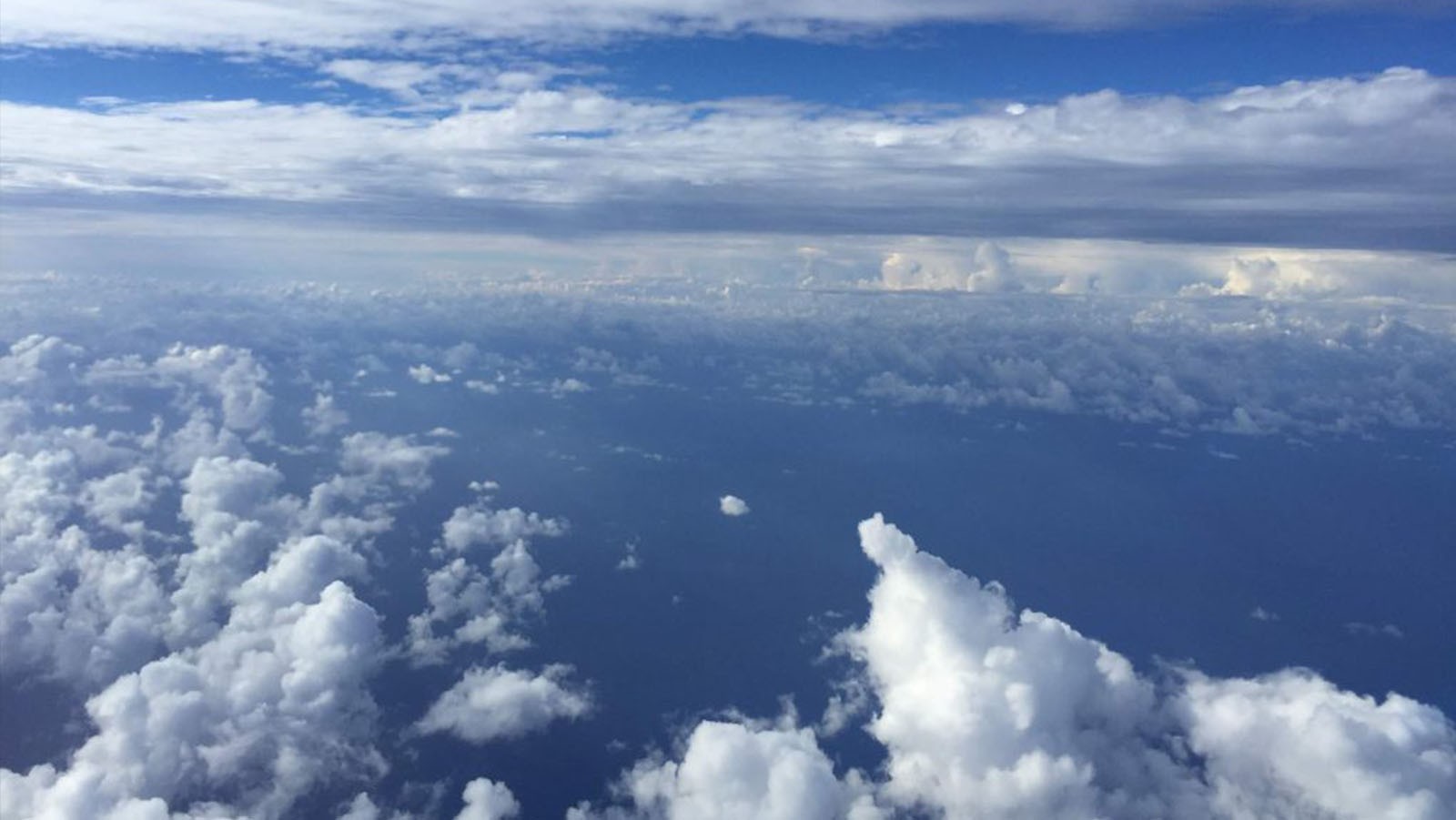A new study published in Remote Sensing uses radar data from NOAA’s P-3 Hurricane Hunter aircraft to determine the characteristics a satellite would need to measure the surface wind in a tropical cyclone between areas of heavy rainfall. This study finds that satellites with higher resolution can measure larger regions of heavy rainfall.
Using satellites to increase observations of tropical cyclone surface winds improves NOAA’s understanding of surface winds, especially when Hurricane Hunters are not available to fly into storms. This study informs satellite mission designers of the need for high resolution radar observations of the ocean’s surface.
“When tropical cyclones are out of range for aircraft to reach, we rely heavily on observations from satellites to gain a better understanding of the cyclone’s characteristics,” said AOML hurricane scientist Heather Holbach. “These satellite observations help forecasters determine the strength and size of the cyclone and also provide important information to forecast models.”
Improved tropical cyclone forecast models can help reduce the extent of evacuation areas, saving lives and increasing the public’s confidence in NOAA’s official hurricane forecasts and warnings.
Many instruments, especially those in space, have difficulty seeing the ocean surface in tropical cyclones because the heavy rainfall these storms produce interferes with the signals instruments send out to measure the surface.
This study focuses on satellites that orbit the Earth creating several hundred-mile-wide tracks of observations. These tracks are composed of several individual observations. Scientists investigated how small of a viewing area on the Earth’s surface each of those observations would need to be in order to measure the surface wind between areas of heavy rainfall.
“We used aircraft radar data, which shows where and how heavy rain is falling, from the NOAA Hurricane Hunter planes to understand the characteristics of rainfall in a tropical cyclone and the viewing area requirements for a given satellite,” Holbach said. “By looking at how large the gaps are between regions of heavy rainfall, we were able to determine what size the viewing area of the satellite would need to be to collect observations in the gaps.”
For a satellite that cannot obtain surface wind measurements in heavy rain, a viewing area on the Earth’s surface with a width of 4.125 km or smaller would provide the most observations between regions of heavy rainfall.
This study also tested several different rainfall rates to understand how the type of signal a satellite uses to observe surface wind would change the resolution the satellite viewing area would need in order to make these measurements.

